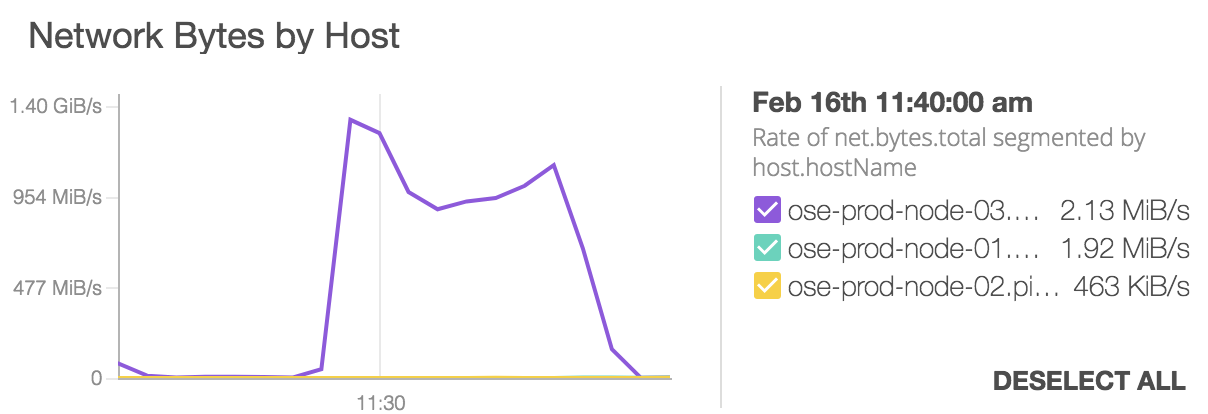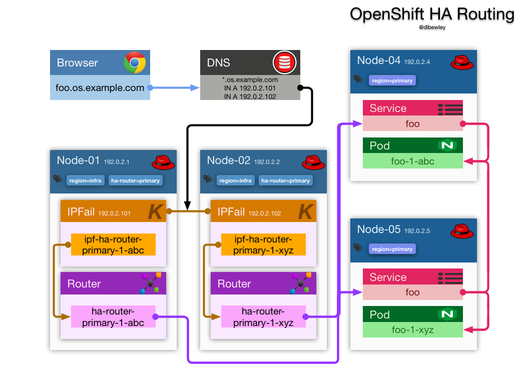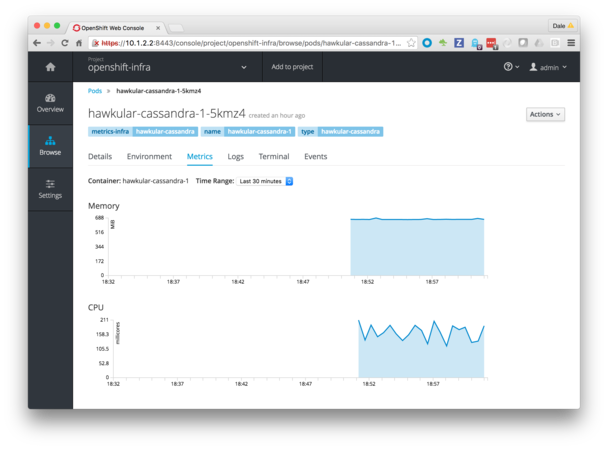Using Placements to Apply Open Cluster Management Policies to Kubernetes Clusters
Red Hat Advanced Cluster Management (RHACM) enables Open Cluster Management policy driven governance of an entire fleet of Kubernetes clusters. Associating policies with the appropriate clusters is a very flexible operation and requires understanding resources like Placements and ManagedClusterSetBindings. So let’s get familiar!











